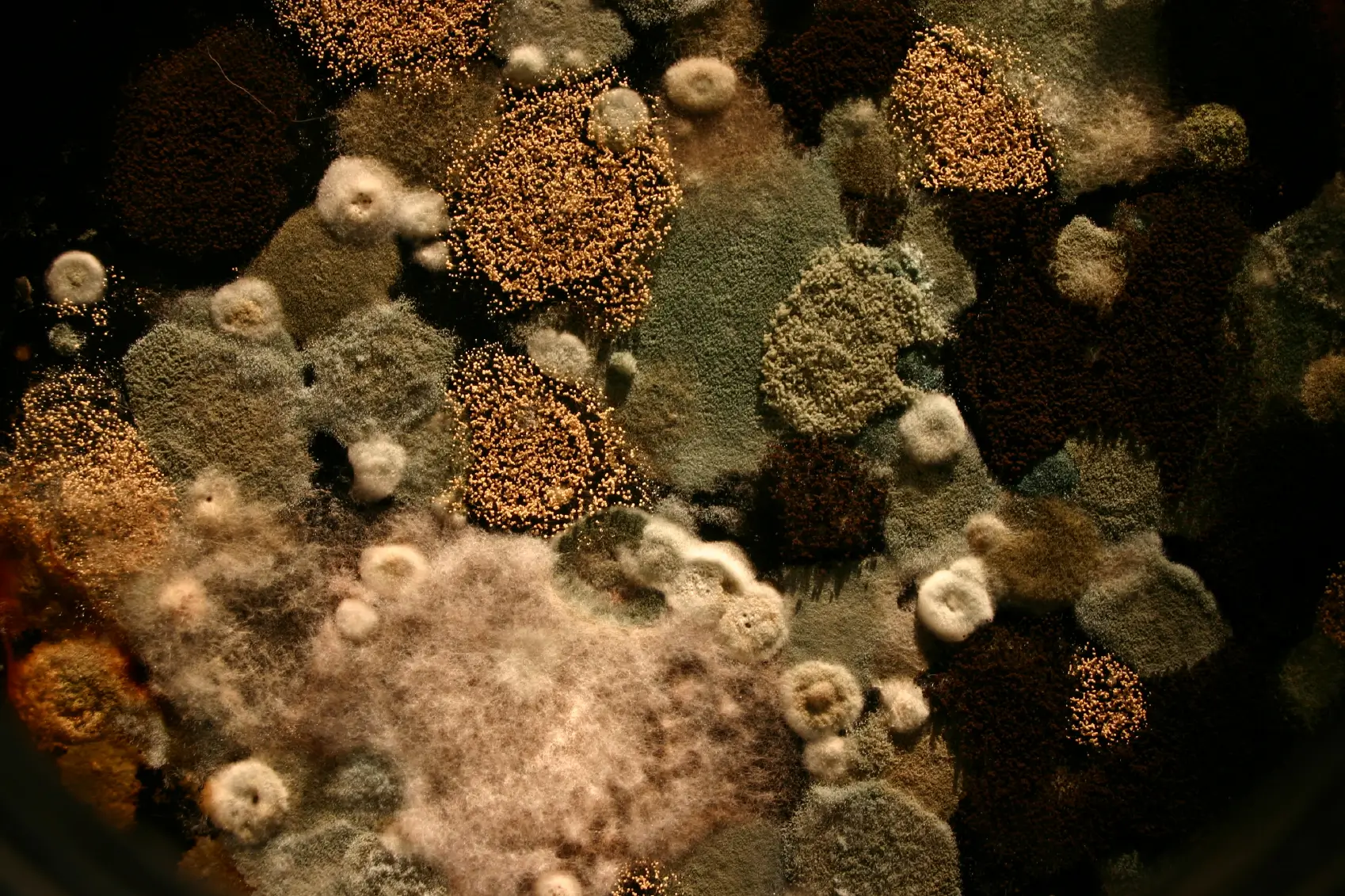
Do I Have Indoor Mold?
Indoor mold can begin to grow within 24-48 hours. This happens when spores settle on a surface that is moist such as cardboard, drywall or flooring. Cladosporium, Penicillium, Alternaria and Aspergillus are the four most common indoor molds.
To prevent mold from growing in your home, it’s essential to control the humidity levels. This means having proper ventilation in showers, laundry rooms and kitchens. It’s also important to fix leaks as soon as they happen and to clean up after a flood, being sure to thoroughly dry any surfaces that came in contact with water. Replacing areas of drywall or flooring may also be necessary.
The following are common symptoms of mold exposure:
- Sinus congestion and runny nose
- Coughing
- Wheezing, difficulty breathing, tightness of chest
- Eye irritation
- Skin irritation
- Headaches
- Nausea and vomiting
- Sneezing and sneezing fits
- Fever
Mold is prevalent outdoors as well as indoors and has been around for millions of years. It assists in the decomposition of organic materials such as leaves, wood and plants, but is capable of breaking down synthetic materials such as paint and adhesives.
If mold has started to grow in your home, it’s crucial to have it removed and the source of the moisture fixed. The process of removing the mold is called “mold remediation”. This involves evaluating the area affected and determining the best and safest way to remove the mold. If it’s not taken care of, serious health issues can arise. If anyone in your family is experiencing these symptoms, call a mold remediation company right away to come out and check your home for mold. It is also recommended to seek medical attention to be sure that everyone in your household will recover from the exposure.
Mold can appear a few different ways. Black, gray-brown, gray-green and white are common colors and mold growing behind vinyl wallpaper can be orange, pink or purple. It often looks splotchy and clustered but can also appear thread like.
Aside from the health effects mold causes, other signs of an infestation include odor. When mold grows, it releases microbial volatile organic compounds (mVOCs) which are the reason for the strong “musty odor” associated with mold.
The best way to avoid mold is to prevent it. Always clean up thoroughly after a flood and get leaks fixed immediately. Remember, where there is moisture, mold is bound to grow.
References: EPA reference on Mold and Moisture
Help in 60 Minutes or Less

We'll Be There to Help
24 Hours a Day
Call Now (702) 243-5663
Awards & Recognition

Absolute Flood Response
is recognized by the Las Vegas
Chamber of Commerce for
"Customer Service Excellence"
Our Promise
Fair Pricing:
There are no hidden costs. Prices are dictated by the standard XACTIMATE pricelist that is determined by the Insurance industry, ensuring that you or your insurance is never overcharged.
Personal Service:
24/7 service by real people. We never use an answering service or foreign call center, which means that Absolute Flood Response is always at the other end, ready to serve you.
Proven Technicians:
Our professional technicians are IICRC-Certified and trained to go along with their existing years of experience and training.
Reliability:
Absolute Flood Response started in 2008 and has since satisfied thousands of customers with our reliable service. Our goal of 100 percent satisfaction shows with our numerous positive online reviews as well as our repeat customers.
Protecting Customers:
Respecting customers and their property is among our top priorities. Your time and property are always treated with respect, appointments are kept promptly and your possessions are handled with care to ensure its safety.
The Right Stuff:
We have seen and dealt with it all, but that doesn't mean that life doesn't throw us all some curveballs. Our dedicated and creative staff mean that a solution can always be custom-created, even if the restoration need is unique. Always done as quickly and thoroughly as possible.
We Are Green:
Absolute Flood Response is a company that believes in environmental care, meaning that we use environmentally-friendly materials, such as Benefect, substances and waste disposal procedures are always followed carefully, because it's the right thing to do.
A Caring Approach:
Honest and true concern for customers by genuine people who care is rare these days, but, it's the way we do business at Absolute Flood Response.